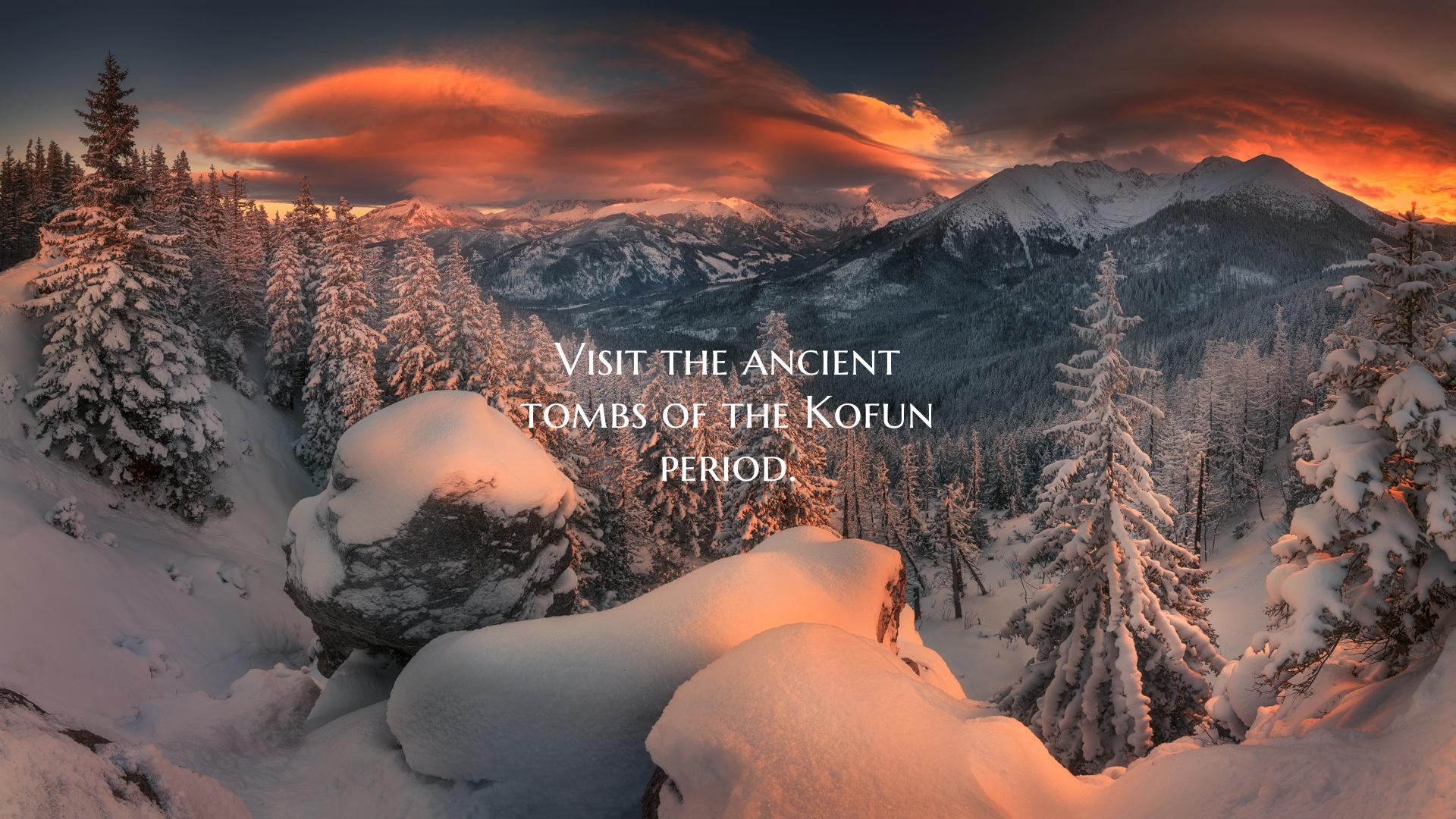
Discover the Mysteries of Japan's Kofun Period Tombs
Step back in time and immerse yourself in the fascinating world of ancient Japan by visiting the enigmatic tombs of the Kofun period. Spanning from the 3rd to the 6th century, the Kofun period marked a significant era in Japanese history characterized by the construction of large keyhole-shaped burial mounds known as kofun, meaning "old tomb" in Japanese.
These monumental tombs, often surrounded by moats and offering a glimpse into the burial practices and beliefs of this era, are scattered throughout Japan and provide a window into the ancient customs and social structures of early Japanese society. By exploring these ancient burial sites, visitors can gain valuable insights into the lives and traditions of the people who lived during the Kofun period.
From the impressive Daisen Kofun in Osaka, the largest tomb of its kind in Japan believed to be the final resting place of Emperor Nintoku, to the striking Takamatsuzuka Tomb in Nara with its exquisite mural paintings depicting scenes of daily life and mythology, each tomb offers a unique glimpse into Japan's rich cultural heritage.
As you wander through these ancient tombs, marvel at the ingenuity and craftsmanship of the Kofun period inhabitants, whose burial practices laid the foundation for the development of Japanese society and culture. Whether you are a history enthusiast, an archaeology buff, or simply curious about Japan's fascinating past, a visit to the Kofun period tombs promises an unforgettable journey through time. Embark on this ancient exploration and unlock the mysteries of Japan's Kofun period tombs.